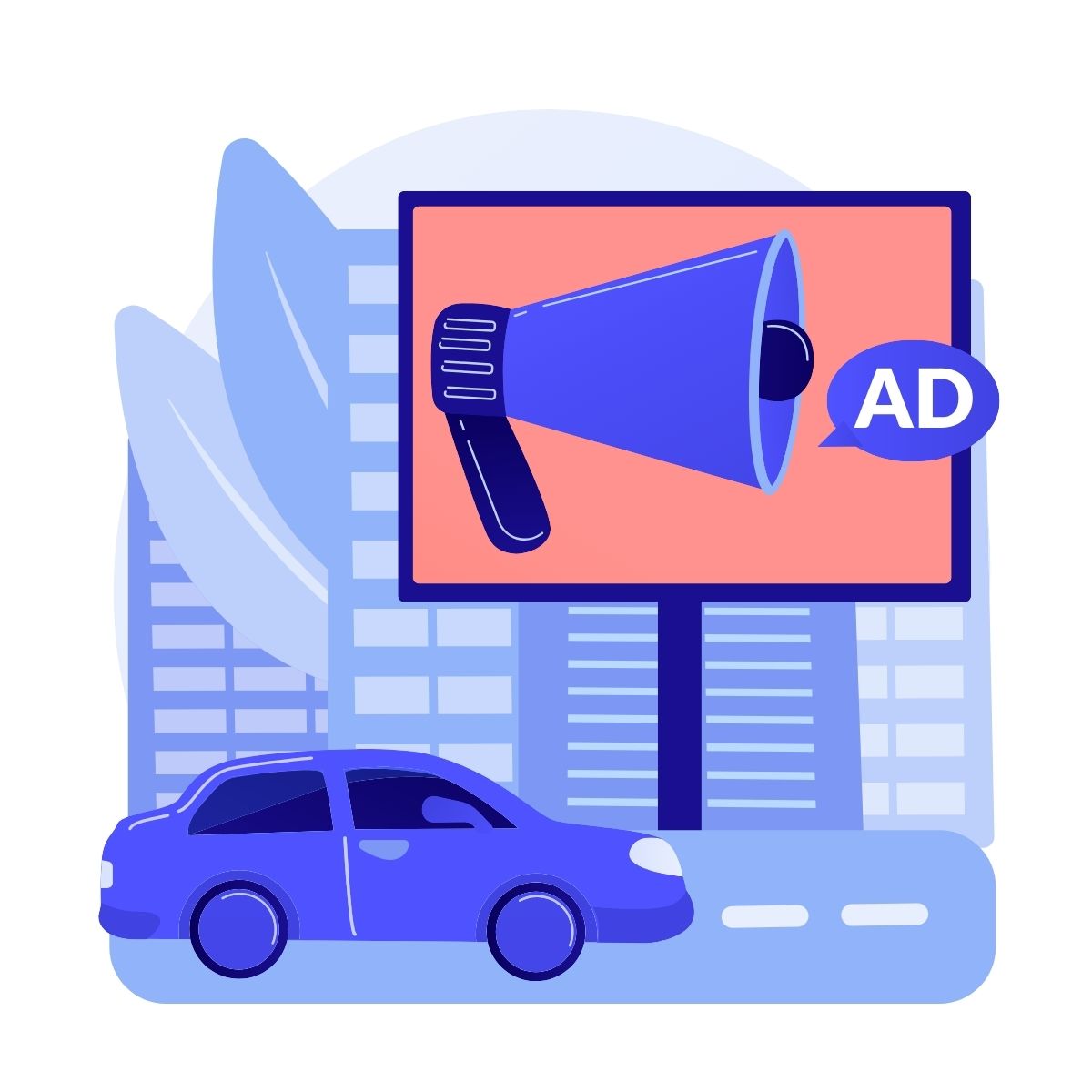Google Advertising Cost Guide for 2025

If you’re thinking about running ads for your business, you’re likely asking the key question: how much do Google Ads cost? Whether you’re a small business owner or a digital marketer, understanding Google advertising cost in 2025 is critical to planning your budget and maximizing your return on investment (ROI).
In this guide, we’ll break down everything you need to know about Google Ads cost, including factors that affect pricing, average rates, and smart budgeting tips. We’ll also show you how Google compares to other platforms and how to use tools like the FB Ads for competitor research.
What is Google Advertising?
Google Ads (formerly known as AdWords) is an online advertising platform where businesses pay to show their ads on Google’s search engine, YouTube, Gmail, and other partner websites. It’s based on a pay-per-click (PPC) model, meaning you pay only when someone clicks your ad.
Whether you’re looking to promote a product, generate leads, or increase brand awareness, Google Ads offers powerful tools to reach your audience.
How Much Do Google Ads Cost?
This is one of the most frequently asked questions: how much do Google Ads cost in 2025?
Here’s the short answer: It depends.
The average Google Ads price can vary based on several factors:
Industry/Niche
Target location
Competition level
Quality Score of your ad
Type of ad (search, display, video, etc.)
Average Google Ads Cost (2025 Data):
Search Ads: $1 – $3 per click (most common range)
Display Network: $0.25 – $0.75 per click
YouTube Ads: $0.10 – $0.30 per view
Shopping Ads: $0.40 – $1.50 per click
For highly competitive industries like legal, insurance, and finance, AdWords cost can go beyond $50 per click.
What Determines Your Google Ads Cost?
Google uses an auction-based system. You don’t just pay more to rank higher—Google rewards relevance and user experience.
Main factors include:
Bid Amount – How much you’re willing to pay per click.
Ad Quality Score – Google’s measure of your ad’s relevance.
Landing Page Experience – Is your page helpful and related to the ad?
Expected CTR (Click-Through Rate) – How likely users are to click your ad.
The better your quality score, the lower your Google ads cost—even if competitors bid higher.
Budgeting Tips for Google Advertising
Even with a small budget, you can make Google Ads work for your business. Here are some strategies to keep your costs efficient:
Use long-tail keywords: Less competition means lower CPC (cost-per-click).
Geo-target your audience: Avoid spending money on irrelevant regions.
Schedule your ads: Show them during high-conversion times only.
Optimize landing pages: A better page can reduce bounce rate and improve conversions.
Google Ads vs Other Platforms
Google Ads can be highly effective, but how does it stack up against other platforms?
Facebook Ads tend to have cheaper CPC but less buying intent than Google Search.
TikTok offers high engagement at low cost, especially for visual and Gen Z products.
If you’re using TikTok, consider this tip: promote the product andget free tiktok like to improve your visibility without a huge budget.
Ultimately, Google Ads may cost more, but they often generate higher-intent leads ready to buy.
Is Google Advertising Worth the Cost?
If done right—yes. Even with increasing Google Ads prices, the platform offers unmatched targeting, real-time tracking, and measurable ROI.
Imagine spending $300 on ads and earning $2,000 in sales. That’s the power of Google when your campaign is optimized correctly.
Free Tools to Plan Your Google Ad Spend
Google Keyword Planner – Estimate CPC and search volume.
Google Ads Budget Planner – Forecast performance based on your budget.
FB Ads Library – Use it to see what your competitors are running on Facebook, then adjust your Google strategy accordingly.
Final Thoughts
Understanding Google advertising cost isn’t about finding a one-size-fits-all answer. It’s about knowing the variables that affect pricing and how to work within your budget.
So, whether you’re launching your first campaign or optimizing your 100th, remember:
Set clear goals.
Start with small, targeted campaigns.
Continuously optimize and test.
Contact Detail
- hurainnadeem47@gmail.com
- +92 312 - 2165602
© 2025 Created with Hurain Nadeem


